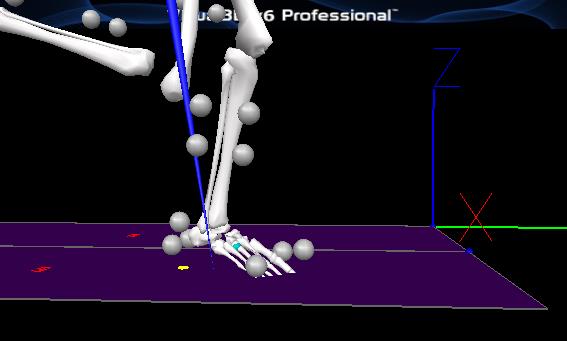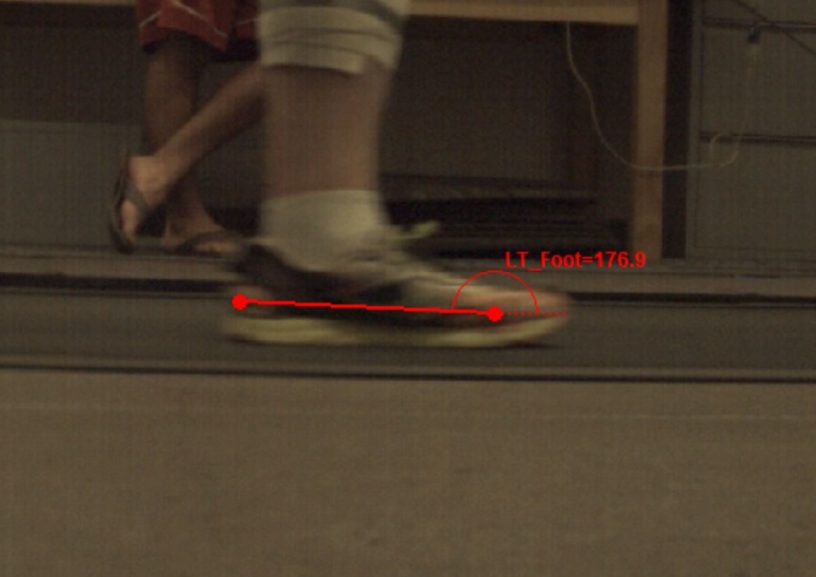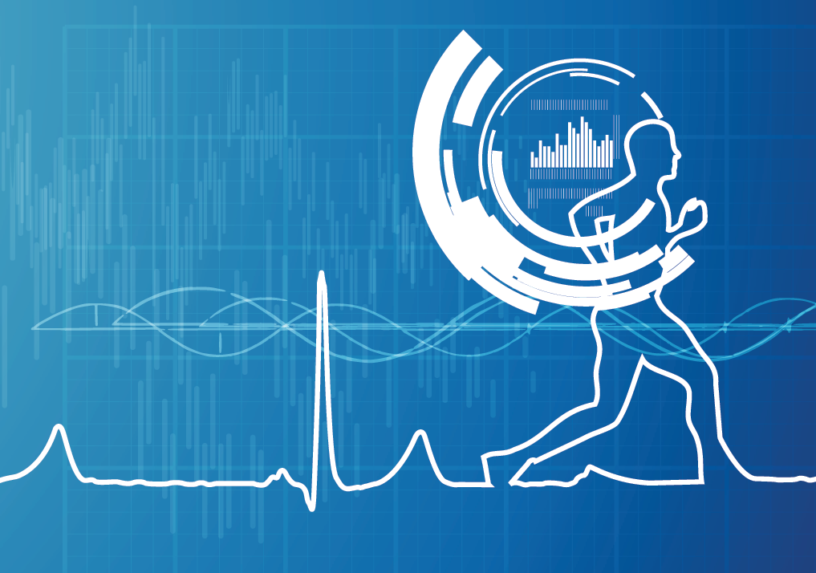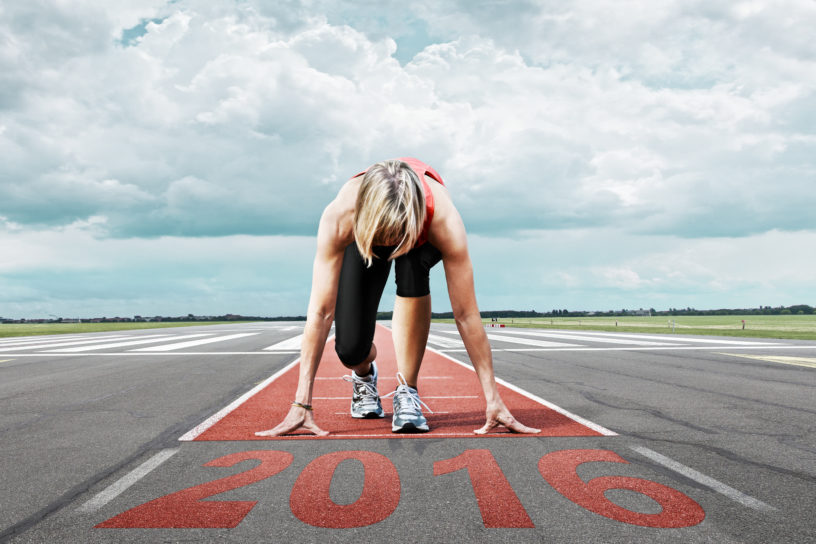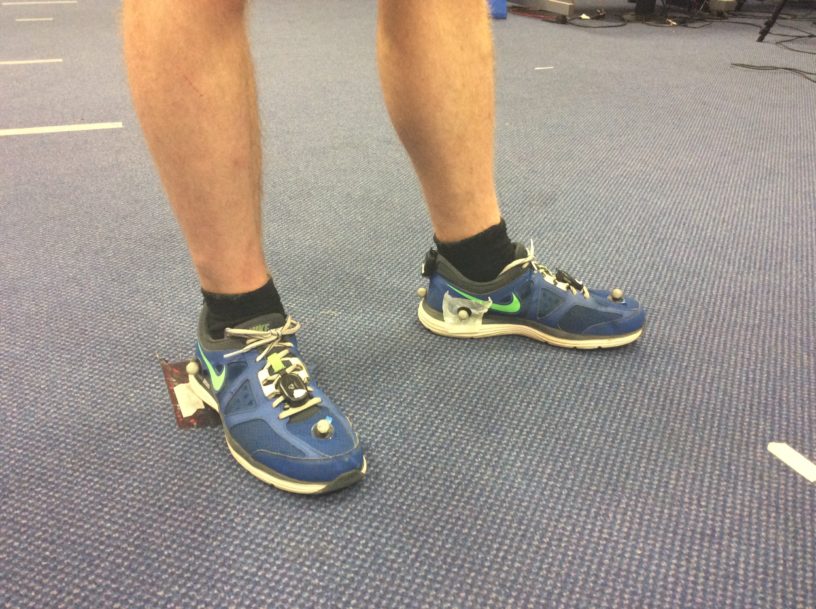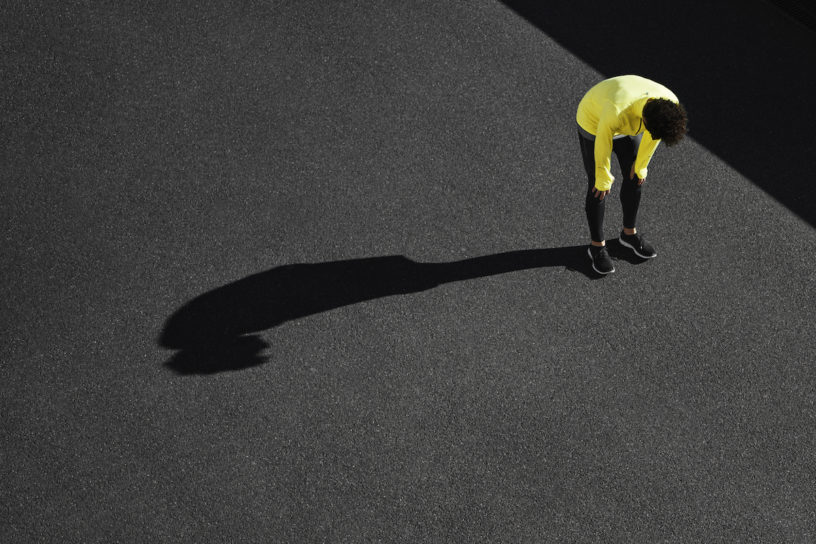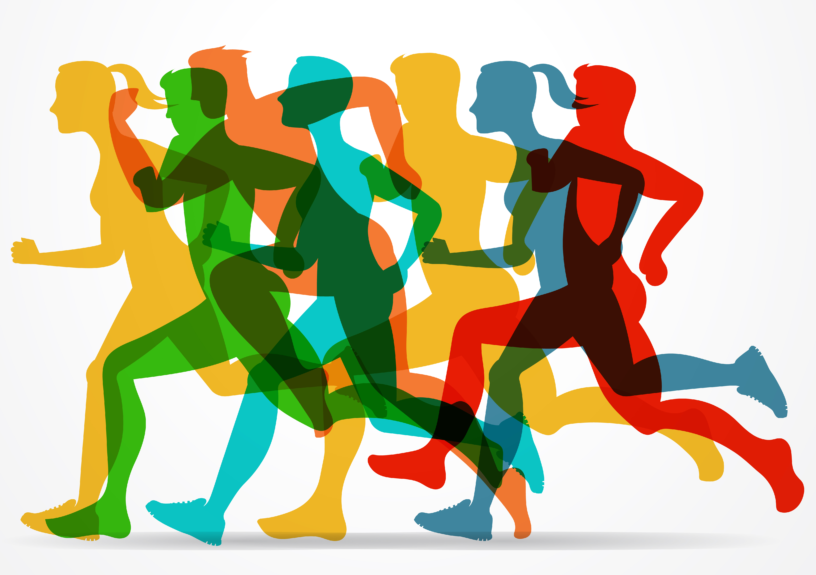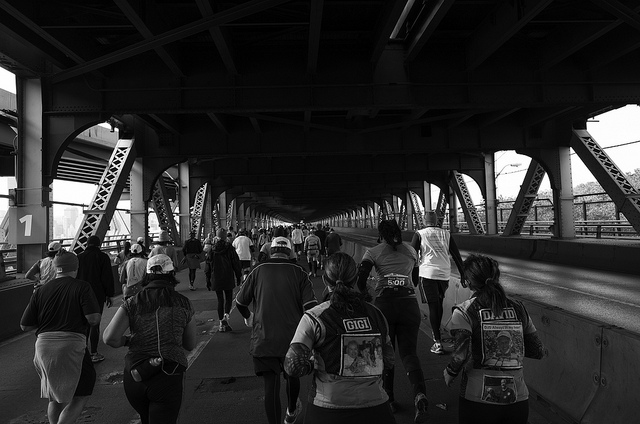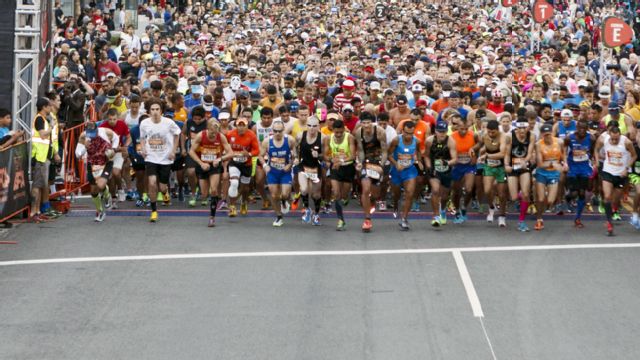Influence of Placement on the Validity of RunScribe Michael Giambrone [Mentor: Dr. Matthew Moran] College of Health Professions Department of Physical Therapy and Human Movement Science This work was presented at the 2017 Sacred Heart University Academic Festival Original PDF : SacredHeart
UNLV Research Study — Validation
UNLV/RunScribe Study — Summer 2016 Purpose: The primary purpose of the project was to compare RunScribe metrics with high speed video and motion capture data measurements over an expanded range of running speeds and fitness levels. A secondary purpose was to investigate possible relationships between RunScribe metrics and running economy. Methods: Subjects Subjects: 23 runners. The runners represent a wide … Read More
Improving Run Efficiency: What Research Tells Us
What is Run Efficiency? If you study a slow-motion video of an elite distance runner they seem to bound-along effortlessly, exerting little effort to maintain speeds that mere mortals could hardly achieve sprinting flat-out! Efficiency, in a general sense, implies doing something in the most efficient manner, i.e. wasting the least amount of resources. Being able to run at a … Read More
Mortals vs Elites – A Look at Stride Mechanics
If you’re like us you’ve been glued to a screen watching the world’s best runners compete on the largest stage. Elite runners seem other-worldly, making unimaginable paces look easy. We know there are a laundry list of characteristics that make someone elite, but what about their mechanics? Do they run differently than us? Over the past year, a handful of elites have … Read More
RunScribe Validation Research Study
Ground contact time during running is defined as the time elapsed between initial ground contact and toe off. The gold standard in measuring ground contact time during running is high speed video, where heel strike and toe off are manually digitised to find the time elapsed. This system is limited for reasons including the time consuming process of manual digitisation, … Read More
The Unescapable Fatigue Effect
In an earlier article, I discussed the mechanics of how fatigue impacts pace during a marathon, but what happens to other metrics like ground contact time, flight ratio and impact characteristics? We know these metrics are predictably affected by running speed in an unfatigued state. As running speed increases, impact Gs, pronation, pronation velocity and flight time usually increase. Contact time … Read More
The Impact of Pace on Mechanics
One of the most frequent questions we hear is “How do I compare to other runners.” Answering that question is more complicated than you’d think. For two runs or runners you’d like to objectively compare, it’s important that the pace and terrain are identical, otherwise you might as well be comparing apples to oranges. Our bodies naturally adapt, and your … Read More
The Bridge (NYC 2015)
The Queensboro Bridge at mile 15 (25K) is considered one of the toughest points of the course, and with no spectators allowed on the bridge, it’s also the quietest. Our elite runner – Ellie – slows her pace just slightly as she shifts to a more mid/fore-foot strike going up and over the bridge. We can see that in both her higher … Read More
The Start (NYC 2015)
Ellie was a seeded runner, meaning she got to start of in an early wave. The advantage is that she was able to get off the line quickly. Although it’s clear from the variance we see in both her Footstrike Type and her Contact Time that she was weaving her way through the crowd in the first 5K of the … Read More
Differences In Ground Contact Time Explain the Less Efficient Running Economy in North African Runners
Research Paper The purpose of this study was to investigate the relationship between biomechanical variables and running economy in North African and European runners. Eight North African and 13 European male runners of the same athletic level ran 4-minute stages on a treadmill at varying set velocities. During the test, biomechanical variables such as ground contact time, swing time, stride … Read More
- Page 1 of 2
- 1
- 2

